Prompt Engineering: The Language That Unleashes AI Power
Imagine, AI finally giving you exactly what you need. In this article, you'll discover why most people are missing out on 80% of the power of AI!

Table of Contents
- Table of Contents
- Introduction
- Prompt Engineering vs Fine-Tuning: Which one should you choose?
- Simple tasks and Principles
- 1. Clarity and specificity — avoid ambiguity
- 2. Context and examples — few-shot learning
- 3. Specify output format — structure from the start
- 4. Phrase positively — tell the AI what to DO, not what NOT to do
- 5. Step-by-step breakdown and guidance
- 6. Directional-stimulus prompting
- 7. Iteration and refinement — continuous improvement
- Complex Tasks and Techniques
- Knowledge-building and Self-improving Methods
- The Pro Trick: Prompt Templates
- Summary
Introduction
Prompt engineering is both the art and the science of crafting clear, intentional instructions so the AI can deliver exactly the kind of output you’re looking for.
A vague or rushed prompt can waste time, create confusion, or generate low-value results. Poorly structured instructions might even reveal sensitive details or cause the AI to produce inaccurate or misleading content. Many companies invest heavily in AI tools yet still get mediocre outcomes, largely because their teams never learn the fundamentals of writing effective prompts.
The good news is that proven methods exist to unlock AI’s full potential — and they’re far simpler than most people expect. Before getting into specific techniques, it’s important to understand one thing: when is it actually worth investing in better prompts?
Prompt Engineering vs Fine-Tuning: Which one should you choose?
There are practical questions you have to face when working with AI:
- Is it enough to prompt skillfully?
- Is it necessary to invest more resources in training a custom model?
Answer:
For most use cases, prompt engineering is more than sufficient. Think about it: content creation, analysis, code generation, customer-service replies, translation, learning — these all work excellently with well-crafted prompts. You don’t need special infrastructure, months of development, and best of all: you can start right away. For example, if you write a marketing email, a well-made prompt template will give consistent results — without fine-tuning.
Fine-tuning comes into play for truly specialized tasks. Maybe the AI needs to run on a private dataset you can’t expose to external systems. Or your company uses extremely specific jargon the general models don’t know. For instance, a medical-diagnosis system that must understand proprietary hospital notes — there, fine-tuning may be the better choice. But let’s be honest: fine-tuning is expensive and complex. You’ll need compute resources, data engineers, months of work — and even then, you still use prompts with the fine-tuned models. People often overcomplicate things: they plan fine-tuning when a few hours of prompt engineering would deliver the same result.
Here’s an 80/20 rule for the AI world: start with prompts. Most problems can be solved with them, and results are immediate. If later you find fine-tuning is truly necessary, you can still do it — but it shouldn’t be the first step.
Now that we’ve clarified when to use prompt engineering, let’s look at how to do it right. What principles and techniques underlie every successful prompt?
Simple tasks and Principles
Let’s start with prompt engineering — but where to begin? What solid foundation should you build on?
The truth is simple: the AI is not a mind reader. There’s huge potential, but the AI is only as “smart” as your prompt. What separates a weak prompt from a strong one is, how clearly you communicate.
Understanding the following principles and techniques will dramatically improve your prompting. You can use them immediately, and — most importantly — they make a big difference in results.
1. Clarity and specificity — avoid ambiguity

Vague requests produce vague answers. This is the first and most important rule.
Wrong example:
Write something about marketing
What should the AI do? A blog post? An essay? An ad? How long? For whom? You wouldn’t know what to do either.
Suggested prompt in such a case:
Write a 500-word blog post about email-marketing metrics (open rate, click-through rate, conversion) for small business owners who are new to email marketing. Use simple language and concrete examples.
Now it’s crystal clear what you want — and the AI can deliver precisely that.
What makes a prompt clear?
- Specific length: “500 words,” “300 words,” “3 paragraphs”
- Target audience:“for small business owners,” “at an 8th-grade reading level”
- Content elements: “three concrete benefits,” “a call-to-action closing sentence”
- Style and tone: “simple language,” “use concrete examples”
A Detail is not the enemy of brevity; it’s the key to accuracy. The AI works better with clear constraints — just like you.
2. Context and examples — few-shot learning
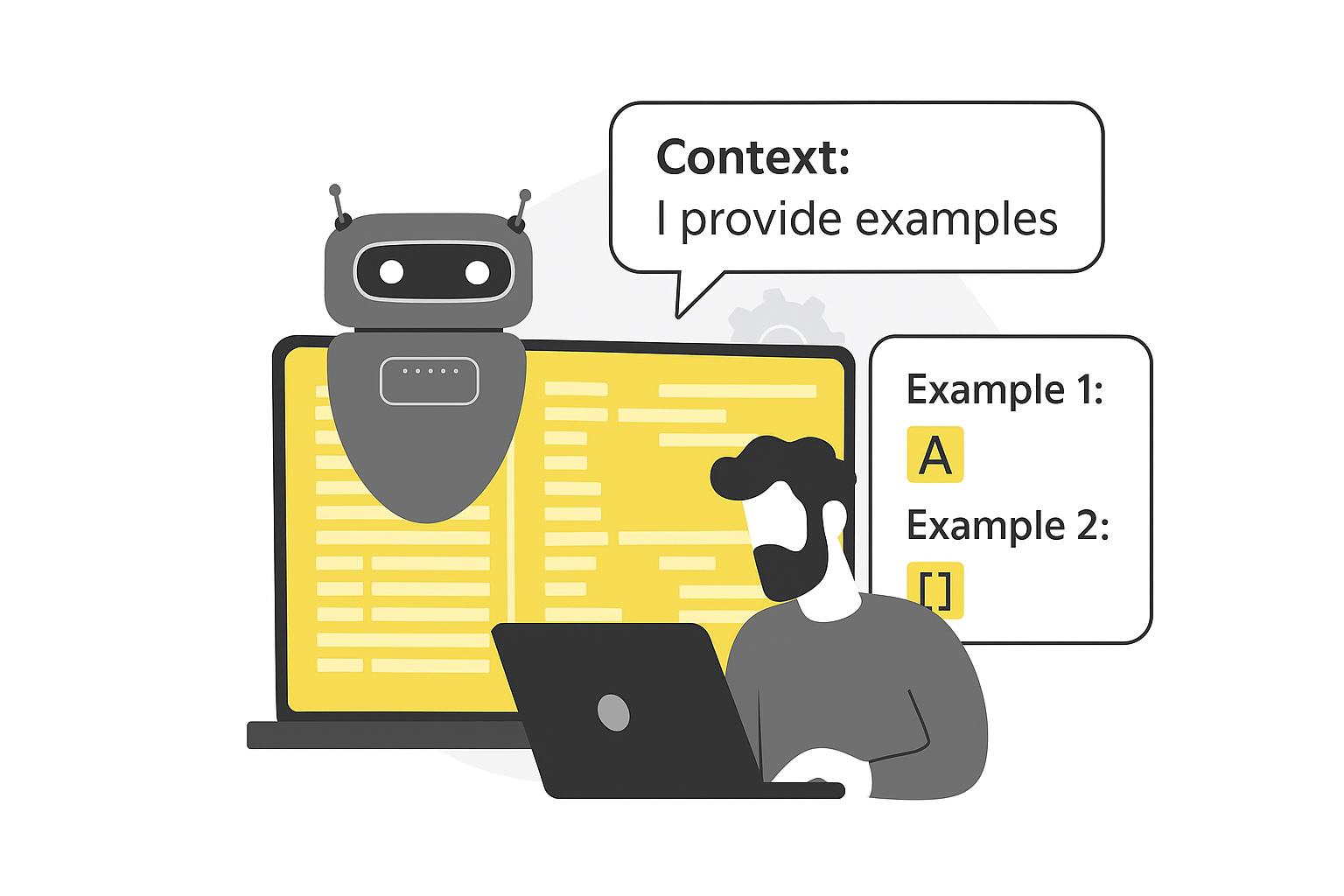
The AI doesn’t know your industry, audience, or constraints unless you tell it. That’s the context. The more relevant background you provide, the more tailored the response.
An even stronger tool is examples — that’s called few-shot learning.
Show the AI the style, format, or tone you want, then ask it to produce similar output.
Example:
Describe these products in this style:
- [Example 1: short, playful, with emojis]
- [Example 2: professional, factual, list of benefits].
Now write one for our product in the same style.
The result? will be far more consistent and accurate than just describing the style in words.
Practical technique: role assignment
One of the simplest yet most effective techniques is to assign a role. Instead of only asking a question, tell the AI what role to play:
You are an experienced programming mentor who explains Python to beginners. Use analogies and avoid jargon.
Or:
You are a financial advisor giving investment tips to people in their 30s.
The AI adopts that role — language, depth, and examples align with it. This is not magic; it’s giving context that guides the answer.
3. Specify output format — structure from the start
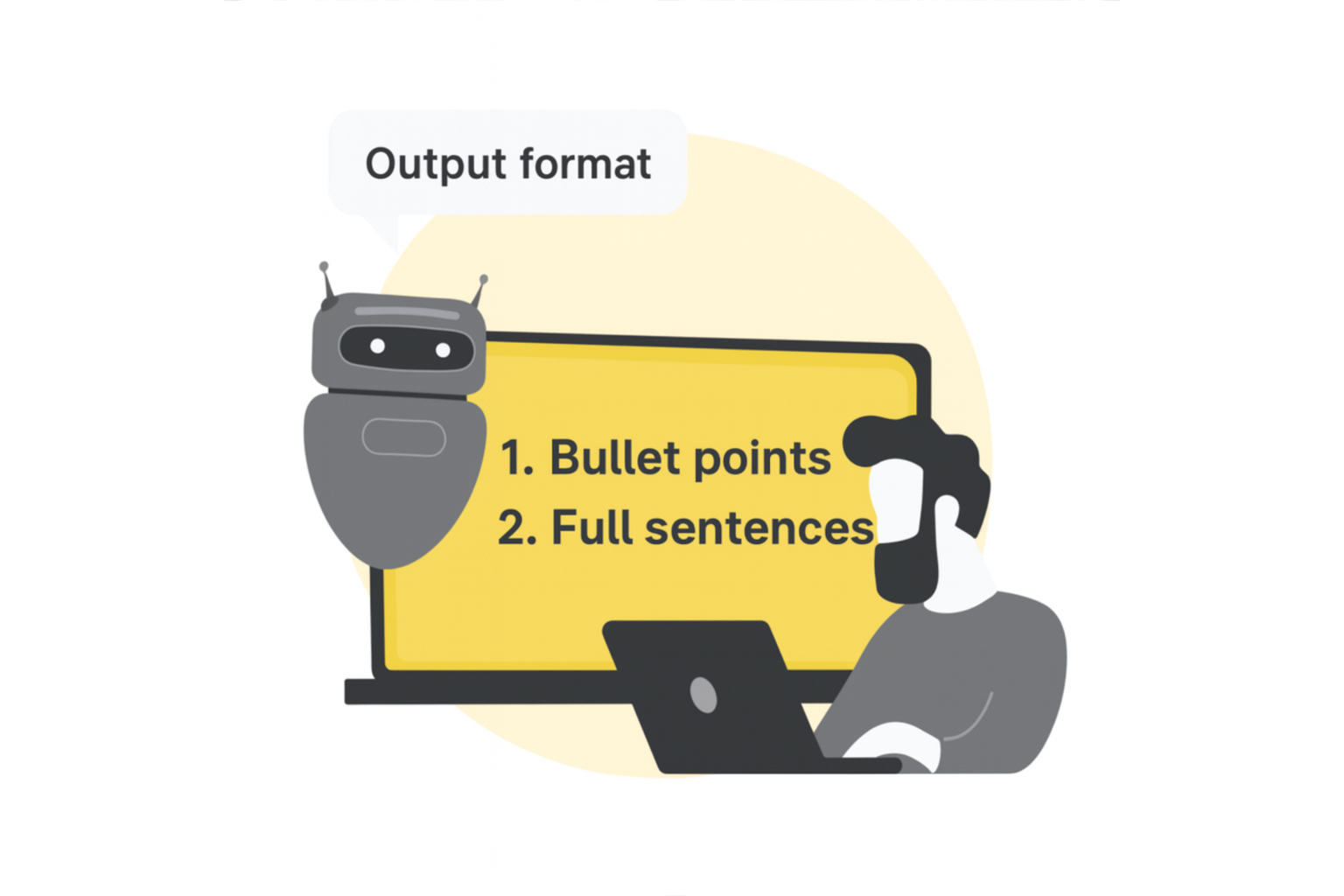
If you know the output format you need, state it upfront. This seems obvious, but many people skip it. The AI doesn’t know whether you want bullets, a table, JSON, or a step-by-step guide unless you ask.
Answer in this structured format:
- Problem description (2–3 sentences),
- Three possible solutions (bullet list),
- Recommended solution with justification (1 paragraph)..
Using this prompt yields a structured answer you can use immediately rather than a block of text you must parse. Defining format saves post-processing time.
Practical technique: use separators
When you pass multiple pieces of information (for example, text to analyze and instructions), keep instructions and data clearly separated. Use triple quotes ("""), XML tags, or headers:
Analyze the following customer feedback:
"""
[feedback text here]
"""
Focus on: sentiment, specific complaints, suggestions for improvement. Format the answer as bullet points.
This prevents the AI from confusing instructions with the content.
4. Phrase positively — tell the AI what to DO, not what NOT to do
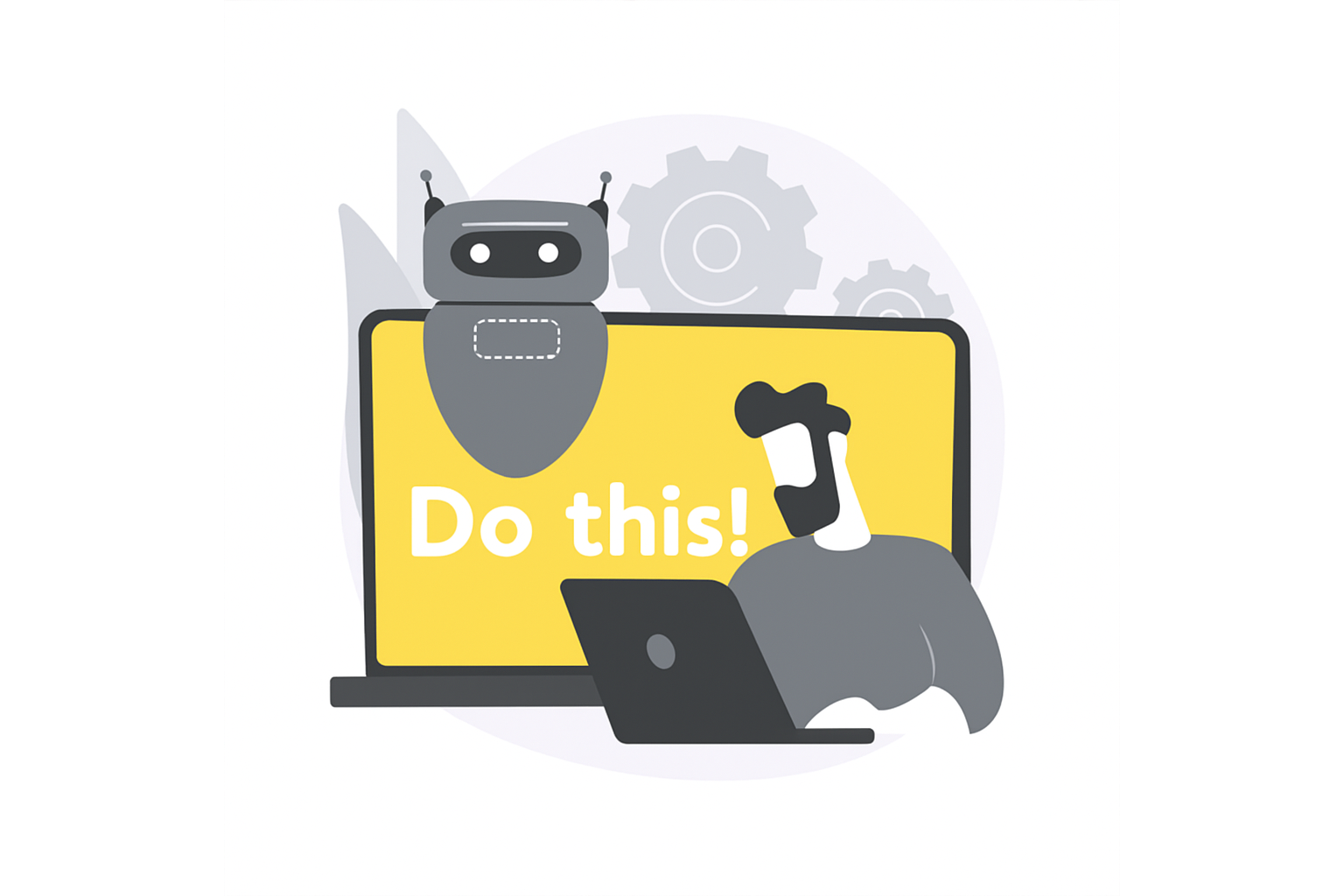
This small change matters.** Don’t tell the AI what not to do; tell it what to do.**
It is recommended to avoid this:
Don’t use too much technical jargon.
Instead:
Use simple, accessible language that a high-school student can understand; if you use technical terms, explain them.
A positive instruction gives clear direction instead of leaving the AI to guess what “not too technical” means.
5. Step-by-step breakdown and guidance
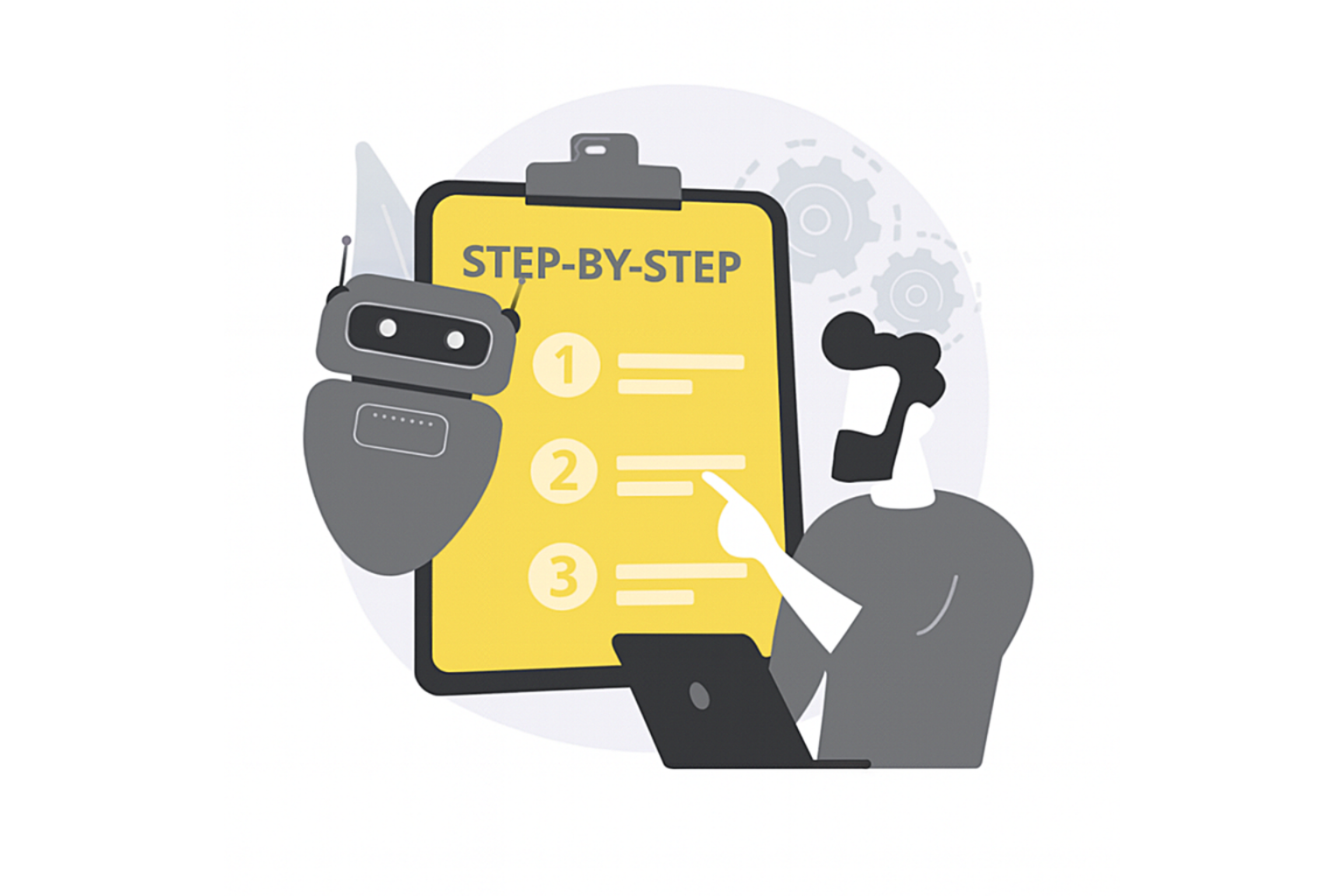
Break the work into phases
For complex tasks, don’t ask for everything at once. Break the work into phases.
Step 1: Analyze the target audience.
Step 2: Suggest three marketing channels
Step 3: Create a 3-month road map.
The AI works more effectively when guided step-by-step. Results are more organized and easier to use.
6. Directional-stimulus prompting
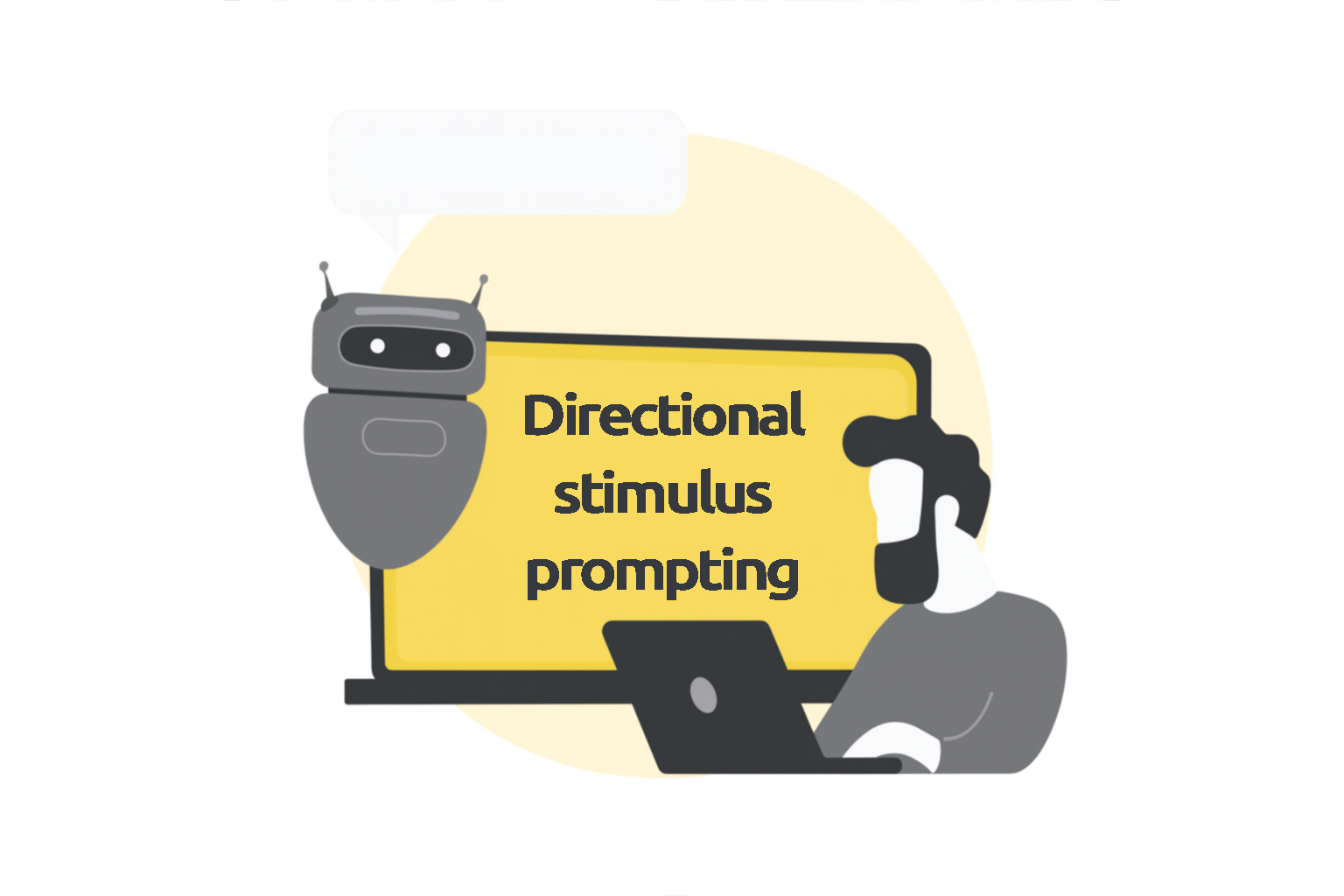
A light hint can go a long way. If you want a poem about love, don’t just say
Write a poem about love.
Add this too:
Use these words: heart, passion, eternal, blazing.
The AI will weave those words into the poem. This is especially useful for creative content or when you want to convey a very specific message.
7. Iteration and refinement — continuous improvement

Perhaps the most important insight: the first prompt is a draft. Prompt engineering is iterative. Try the prompt, see what worked and what didn’t, then refine.
Too general? Add constraints.
Missed a detail? Clarify it.
Went off track? Narrow the focus.
Every iteration brings you closer to the desired result. Be flexible — there are no fixed rules. AI outputs vary — two identical prompts might produce slightly different answers. Don’t seek perfection on the first try; seek consistent quality.
In summary, these are the principles to pay attention to when formulating a prompt: clarity, context and examples, output format, positive wording, start with a simple step (mark keywords if it is necessary) and then iteration and refinement.
These principles and techniques alone bring huge improvements for most use cases. But for tougher tasks — complex analysis, multi-step problem solving, or creative projects where quality matters — it’s time to step up.
Complex Tasks and Techniques
If you’re comfortable with the basics, you’re ready to explore advanced methods that really unlock AI’s potential. You don’t need these for every prompt, but they’re invaluable for complex problems or when you need the highest quality.
Chain-of-thought methods — when the AI needs to “think”. These techniques guide the AI step-by-step through its reasoning instead of jumping straight to the final answer. The result is more thoughtful, logical responses — especially for complex tasks.
1. Chain-of-thought prompting

Break complex questions into smaller logical steps, forming a chain of reasoning. Instead of asking for the final answer immediately, ask the AI to show intermediate steps
Example:
Calculate the ROI of a marketing campaign. Think step-by-step.
First compute total cost, then revenue, then compute percent ROI.
Show all calculations.
This way the AI walks through the logic instead of leaping to a possibly incorrect conclusion.
Tip: For complex problems, run the same prompt multiple times. If each run reaches the same conclusion, it’s likely correct; if not, refine the prompt.
2. Tree-of-thought prompting

This method expands chain-of-thought: instead of one path, the AI generates multiple possible paths and explores them like a decision tree. It’s like evaluating several scenarios in parallel.
Example: (new smartwatch launch)
1.step: Generate 3 main strategic directions (A, B, C)
2.step: For each direction, list 2–3 key next steps.
3.step: Evaluate each branch (pros/cons) and recommend the best combination.
The AI opens multiple branches (e.g., premium positioning, mass-market low-price, fitness niche), then elaborates on each.
The result considers multiple perspectives, not just a single linear argument.
Use this when you need to examine a problem from multiple angles or when the best approach is unclear.
3. Maieutic prompting

A further extension that includes explanation and self-checking. Named after the Socratic approach, it uses layered questions to uncover deeper truths.
The AI explains an answer, then you ask it to explain the explanation, and so on — discarding branches that contain contradictions.
Use it for deep reasoning tasks — philosophy, scientific explanations, legal argumentation — because the AI doesn’t just answer; it validates and refines its reasoning.
4. Complexity-based prompting

Run multiple chain-of-thoughts and select the longest, most detailed thought chains; then choose the most common conclusion among them.
Example: Analyze whether to invest in an AI-healthcare startup.
Analyze whether to invest in an AI-healthcare startup:
Market
Ttechnical feasibility
Team
Financials
Risks
Final recommendation
Explain the details at every step.
Run this prompt 5 times.
Choose the 3 most detailed outputs and see if they reach the same verdict. If they do, that verdict is likely reliable.
Knowledge-building and Self-improving Methods

Sometimes the AI needs to build knowledge first or iteratively improve itself during the task. These techniques do exactly that.
1. Generated knowledge prompting
First ask the AI to gather relevant facts, then build the answer on that knowledge.This conditions the model with the relevant information before the main task.
Example:
Write an essay about deforestation.
Instead of starting right away, you prompt like this:
First list 5 key facts about the effects of deforestation (climate change, biodiversity loss, water cycle, etc.).
Then write a structured essay based on those facts.
The outcome is higher quality because the AI consciously builds its knowledge base first.
2. Least-to-most prompting
List the subproblems and then solve them in sequence, with each step building on the previous. It’s like building a structure brick by brick.
Example: Launching an online Python course for beginners:
1.List all subproblems (curriculum, platform, marketing, etc.).
2.Solve each subproblem in order, using results from earlier steps.
This yields clearer logic and fewer errors because each step is verifiable.
3. Self-refine prompting
One of the most powerful advanced techniques. The AI solves the problem, then critiques its own solution, and rewrites based on that critique. Repeat until a stopping condition (token limit, time, or satisfactory quality) is met.
Example: Iteratively refine a marketing email:
1. Initial task: Write a 150–200 word email for startup founders, include subject line, main benefit, social proof, and CTA.
2. Ask the AI to critique the email: Is the language persuasive? Is the benefit specific? Is the CTA strong? Provide 3 concrete improvements.
3. Rewrite the email incorporating the critique.
4. Repeat (criticize → rewrite) until satisfied: This process produces much sharper, more targeted output with each iteration.
Use self-refine when top-tier quality is required — creative projects, important documents, presentations.
The Pro Trick: Prompt Templates
Now that you know techniques from basic to advanced, speed up work and ensure consistency by using prompt templates. Professionals use templates to avoid reinventing the wheel. If a prompt works for a task, save it, parameterize it, and reuse it. That’s time saved and more consistent output.
Think of templates like recipes. Once you have a good pancake recipe, you don’t re-invent it every morning. If you write weekly blog posts, keep a blog-post prompt template and swap variables (topic, length, audience).
What makes a template effective?
Variables — placeholders for specifics (e.g.,
[TOPIC],[AUDIENCE],[TONE],[LENGTH])Structure — context, task, constraints, format
Constraints — word counts, style directions, examples from earlier sections.
Example template for a blog post:
You are an experienced content writer who writes for [AUDIENCE] in a [TONE] style.
Write a [LENGTH]-word blog post on [TOPIC]
Structure:
Hook intro (50 words)
3 main points, each with a 150–200 word sub-section
Summary and call to action (50 words)
Use short paragraphs (max 3–4 sentences), concrete examples, >and [SPECIAL_REQUIREMENT].
Format with markdown headings (##) and bold key phrases.
Fill in variables and you’re ready:
[TOPIC] = “email-marketing metrics”
[AUDIENCE] = “small business owners”
[TONE] = “friendly but professional”
[LENGTH] = “800“
Build your own template library starting with frequent tasks: email replies, product descriptions, data analysis — save them in a doc or GitHub and expand. After a few months you’ll have a powerful arsenal that multiplies productivity.
Summary
Prompt engineering is not magic — it’s practice. Like any skill, it improves with time. Your first prompts might not be perfect and that’s fine. The important thing is you’ve started.
How to begin:
Pick a repetitive task at work
Write a simple prompt using the “Principles” section.
Iterate and refine until it works well.
Save it as a template.
Then move forward:
Experiment with advanced techniques for tougher problems.
Combine methods (chain-of-thought + self-refine is a great pairing).
Build your template library continuously.
Remember: the power of prompt engineering isn’t using every technique at once — it’s knowing which tool to use, and when.
A simple task = a clear, structured prompt.
A critical decision = complexity-based prompting.
A creative project = iterative self-refinement.
That 80% most people leave on the table? It can be yours.
The tools are in your hands. Now you know how to write high-quality prompts!
Are you interested in this topic? Do you have any questions about the article? Book a free consultation and let’s see how the Code Factory team can help you, or take a look at our services!

